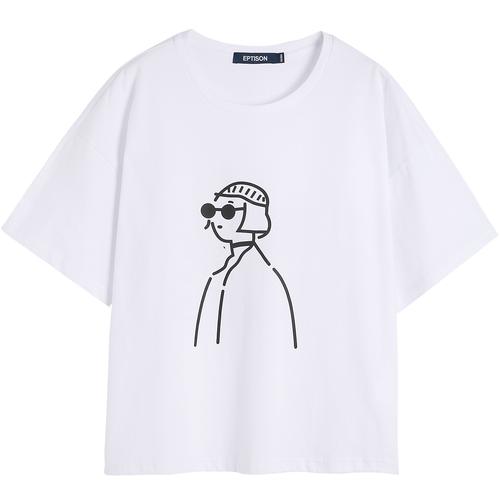Cutting and sewing are key skills in creating sophisticated, well-fitting clothing. Here are some notes and tips:
1. Accurate measurements: Before you start cutting and sewing, it is very important to accurately measure the dimensions of each part of your body. Use a professional sewing ruler to measure the size of key areas such as bust, waist, hip, shoulder width, etc. to ensure that the clothing is tailored properly.
2. Select the appropriate pattern size: When starting to cut, select the closest pattern size based on the measured data. Pattern sizes should match the main dimensions of your body to reduce the amount of cutting and alteration work.
3. Marking and cutting: Use the marking tool for cutting on the fabric to mark the cutting lines and key positions, and then cut according to the marks. Make sure the cutting lines are neat, the straight lines and bows are symmetrical, and the sewing edges are plumb and flat.
4. Appropriate sewing thread and stitch length: Choose the appropriate sewing thread and stitch length according to the needs of the fabric and clothing style. The color, thickness, and texture of the sewing thread should match the fabric to maintain overall beauty. The stitch length should also be selected according to the needs of different parts to ensure strong and delicate sutures.
5. Consider special processing techniques: For some special fabrics and design requirements, special sewing and processing techniques may be required. For example, use splicing technology, seaming technology, edge processing or adding decorations to add character and beauty to the garment.
6. Pay attention to details: Details are one of the important criteria for measuring the quality of clothing. Pay attention to details such as collars, cuffs, pleats, and skirts to make them neat, flat, and symmetrical. The lines, thickness, and shapes of the details should be consistent.
7. Try on and modify: After completing the initial cutting and sewing, try on the clothes and carefully check the fit and comfort of the clothes. If modifications are needed, make timely adjustments to ensure that the clothing fits your body perfectly.
8. Fine finishing work: The last step is to carry out fine finishing work, including processing of foot threads and remaining threads, fixing of zippers and buttons, and Complete the final ironing and finishing.
By mastering these cutting and sewing techniques, as well as continuous practice and experience, you can create exquisite and well-fitting clothing. At the same time, it is also very important to pay attention to detail and the rigor of every step.







